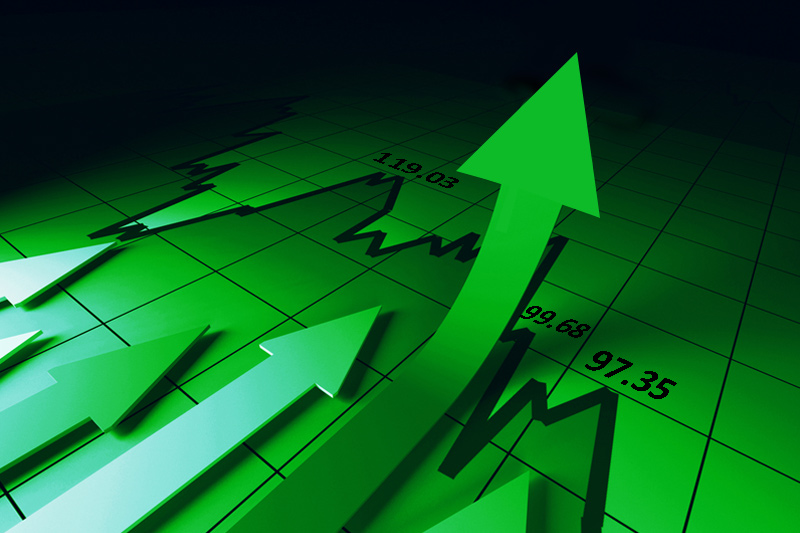Investing.com - The Australian dollar rose against its U.S. counterpart on Wednesday, after upbeat economic data from Australia, although concerns over the debt crisis in the euro zone continued to weigh.
AUD/USD hit 1.0318 during European morning trade, the session high; the pair subsequently consolidated at 1.0313, climbing 0.45%.
The pair was likely to find support at 1.0236, Tuesday's low and resistance at 1.0376, the high of October 2.
Official data earlier showed that consumer price inflation in Australia rose by 1.5% in the third quarter, beating expectations for a 1.1% rise, following an increase of 0.5% the previous quarter.
A separate report showed that trimmed mean CPI rose more-than-expected in the third quarter, ticking up 0.7% after a 0.5% rise the previous quarter.
Analysts had expected trimmed mean CPI to rise by 0.6% in the last quarter.
The Aussie was also boosted by data showing that China's HSBC manufacturing purchasing managers' index came in at 49.1 in October, compared with a final reading of 47.9 in September.
China is Australia's biggest export partner.
Concerns over the worsening of the euro zone's debt crisis re-emerged however, after Germany’s flash manufacturing purchasing managers' index fell to 45.7 in October, from a final reading of 47.4 in September, disappointing expectations for an improvement to 48.0.
Elsewhere, the Aussie was higher against the euro with EUR/AUD shedding 0.66%, to hit 1.2568.
Later in the day, the Federal Reserve was to announce its benchmark interest rate and release its first monetary policy statement since the central bank announced a third round of quantitative easing in September. The U.S. was to release official data on new home sales.
AUD/USD hit 1.0318 during European morning trade, the session high; the pair subsequently consolidated at 1.0313, climbing 0.45%.
The pair was likely to find support at 1.0236, Tuesday's low and resistance at 1.0376, the high of October 2.
Official data earlier showed that consumer price inflation in Australia rose by 1.5% in the third quarter, beating expectations for a 1.1% rise, following an increase of 0.5% the previous quarter.
A separate report showed that trimmed mean CPI rose more-than-expected in the third quarter, ticking up 0.7% after a 0.5% rise the previous quarter.
Analysts had expected trimmed mean CPI to rise by 0.6% in the last quarter.
The Aussie was also boosted by data showing that China's HSBC manufacturing purchasing managers' index came in at 49.1 in October, compared with a final reading of 47.9 in September.
China is Australia's biggest export partner.
Concerns over the worsening of the euro zone's debt crisis re-emerged however, after Germany’s flash manufacturing purchasing managers' index fell to 45.7 in October, from a final reading of 47.4 in September, disappointing expectations for an improvement to 48.0.
Elsewhere, the Aussie was higher against the euro with EUR/AUD shedding 0.66%, to hit 1.2568.
Later in the day, the Federal Reserve was to announce its benchmark interest rate and release its first monetary policy statement since the central bank announced a third round of quantitative easing in September. The U.S. was to release official data on new home sales.
